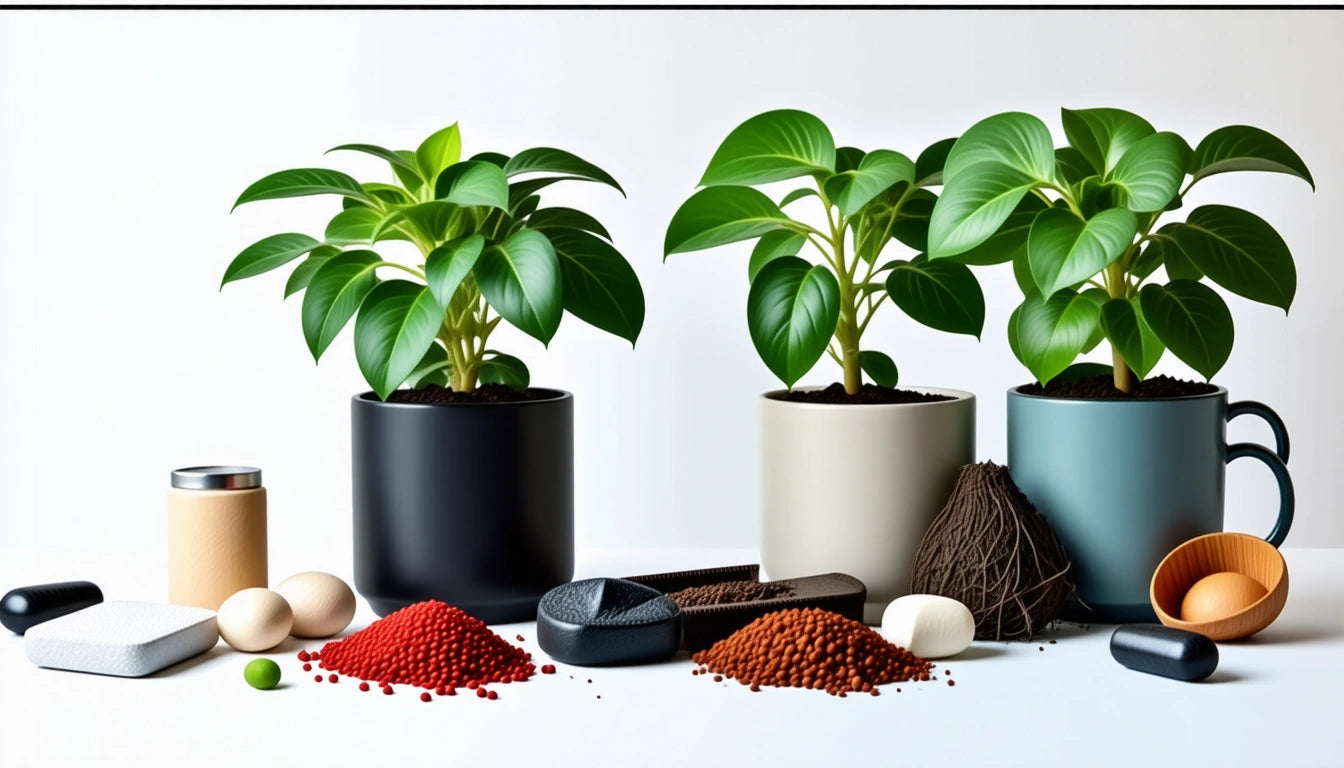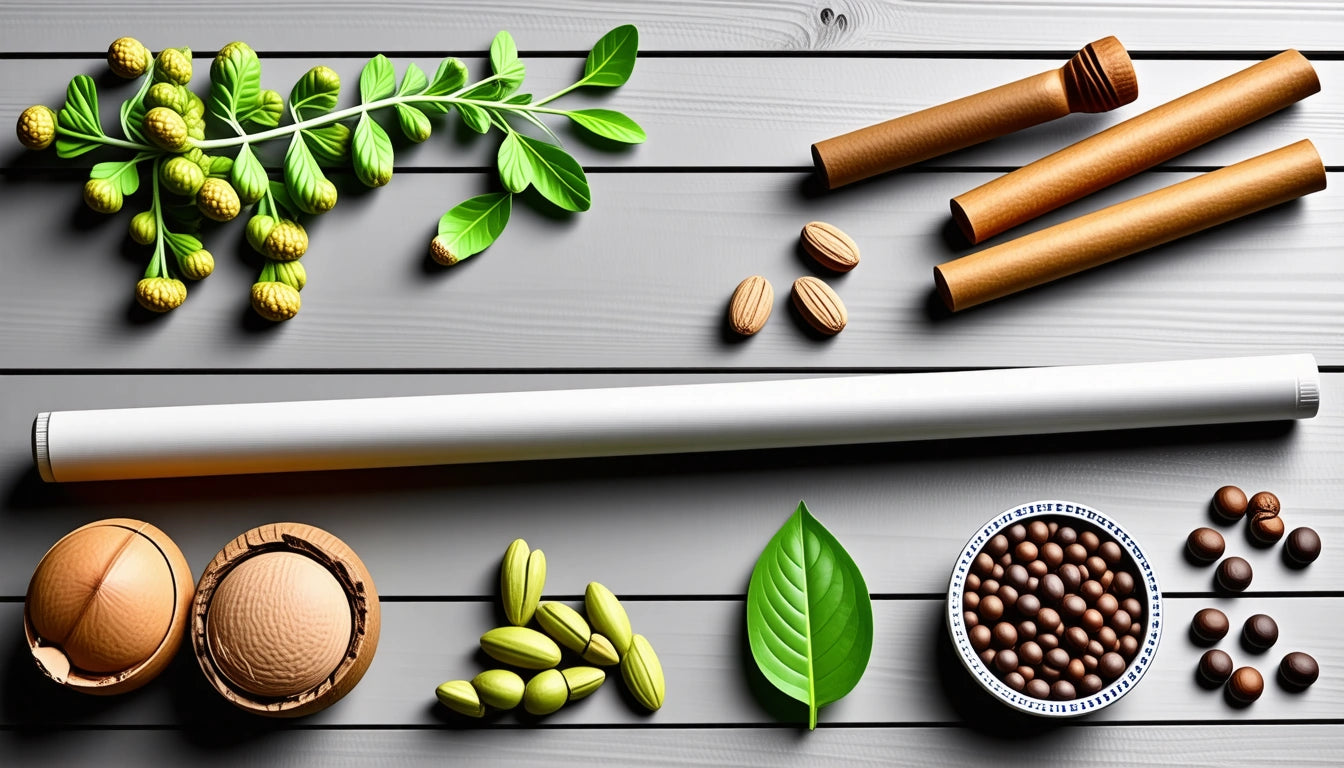Table of Contents
The Importance of Magnesium for Plant Health and Growth
Magnesium stands as one of the critical macronutrients that plants require for healthy development and optimal growth. Understanding what magnesium does for plants can help cultivators identify deficiencies early and implement effective solutions. This essential mineral plays numerous vital roles in plant metabolism, photosynthesis, and overall structural integrity.
Understanding Magnesium's Role in Plant Biology
Magnesium serves as a central atom in the chlorophyll molecule, making it indispensable for photosynthesis. Without adequate magnesium, plants cannot efficiently convert sunlight into energy. This fundamental process explains why plants need magnesium and why deficiencies can severely impact growth and yield.
As the central element in chlorophyll, magnesium directly influences a plant's ability to produce glucose from carbon dioxide and water. This process powers all other metabolic functions within the plant, making magnesium a cornerstone of plant health.
Essential Functions of Magnesium in Plants
Photosynthesis Support
The primary function of magnesium in plants involves photosynthesis. What magnesium does to plants during this process is critical, as it enables the capture of light energy. Without sufficient magnesium, chlorophyll cannot form properly, reducing the plant's ability to produce energy.
Enzyme Activation
Magnesium activates more enzymes than any other nutrient in plant biology. These enzymes facilitate numerous metabolic processes, including:
- Carbohydrate metabolism
- Cell membrane stabilization
- Phosphate utilization
- Nucleic acid synthesis
Phosphorus Transport
Another critical aspect of what magnesium does for plants involves phosphorus transport. Magnesium helps move phosphorus throughout the plant, supporting energy transfer and storage mechanisms essential for growth and reproduction.
Identifying Magnesium Deficiency Symptoms
Understanding why plants need magnesium becomes particularly evident when examining deficiency symptoms. Magnesium deficiency typically manifests first in older leaves since the plant will relocate magnesium from older growth to support new development.
Common symptoms include:
- Interveinal chlorosis (yellowing between leaf veins while veins remain green)
- Leaf margins turning yellow, then brown
- Premature leaf drop
- Stunted growth
- Reduced flowering and fruiting
These symptoms often appear similar to other nutrient deficiencies, which is why proper diagnosis is crucial. For comprehensive guidance on identifying various nutrient issues, refer to our guide on how to identify and fix nutrient deficiencies in plants.
Supplementing Magnesium for Optimal Plant Growth
When plants show signs of magnesium deficiency, several supplementation methods can help restore proper levels:
Soil Amendments
For soil-grown plants, dolomitic lime provides both magnesium and calcium, helping to address deficiencies while also adjusting soil pH. Epsom salt (magnesium sulfate) offers a quick-release magnesium source that can be incorporated into soil or used as a foliar spray.
Foliar Applications
Foliar sprays containing magnesium sulfate provide rapid relief for deficient plants. This method allows for direct absorption through the leaves, bypassing potential soil lockout issues. When storing nutrient solutions, using containers with secure, child-resistant lids ensures both safety and preservation of your supplements.
Balanced Nutrient Solutions
For hydroponic systems, maintaining proper magnesium levels in nutrient solutions is essential. Most commercial nutrient formulations contain adequate magnesium, but supplementation may be necessary depending on water quality and plant requirements. For cannabis specifically, specialized feeding programs can help optimize magnesium uptake.
Magnesium Interactions with Other Nutrients
What magnesium does for plants is influenced by its interactions with other nutrients. Understanding these relationships helps prevent imbalances that can affect plant health:
Calcium and Potassium Relationships
High levels of calcium or potassium can interfere with magnesium uptake, creating induced deficiencies even when magnesium is present in the growing medium. Maintaining proper ratios between these nutrients is crucial, as explained in our article about the importance of potassium for plant health.
pH Influence on Availability
Soil or substrate pH significantly affects magnesium availability. In acidic conditions (below pH 6.0), magnesium becomes less available to plants. Conversely, in alkaline conditions, other micronutrients may become locked out while magnesium remains accessible.
Maintaining pH in the optimal range (typically 6.0-6.5 for soil and 5.5-6.0 for hydroponic systems) ensures proper magnesium availability alongside other essential nutrients.
Magnesium in Future Cultivation Practices
As cultivation techniques evolve, understanding what magnesium does to plants becomes increasingly important for sustainable and efficient growing practices. Advanced monitoring systems now allow for real-time tracking of nutrient levels, helping growers maintain optimal magnesium concentrations throughout the growth cycle.
Emerging research also highlights the role of magnesium in enhancing plant resilience to environmental stressors, including drought and temperature fluctuations. This knowledge becomes particularly valuable as climate change presents new challenges for cultivators worldwide.
Integrating magnesium management with other aspects of plant care, such as optimizing light conditions, creates synergistic effects that can significantly improve plant performance and yield quality.
By understanding why plants need magnesium and implementing proper supplementation strategies, growers can ensure their plants maintain optimal health throughout their lifecycle, resulting in improved yields and higher-quality harvests.











Leave a comment
All comments are moderated before being published.
This site is protected by hCaptcha and the hCaptcha Privacy Policy and Terms of Service apply.